After trading for a while, an experienced trader should start noticing and paying attention to stock market charts. By analyzing these trading charts, you can identify patterns and trends, which will help you make better investment decisions.
Some investors use them to predict entry and exit times, help manage risks, and find the best times for investing. In this article, we’ll explain why trading chart patterns are important, go over the most common patterns, and help you start identifying them on your own. We’ll also talk about using VPS to avoid network interruptions and explain what Forex VPS is.
The Importance of Chart Patterns in Trading
While there’s luck involved in any trading and investments, pro traders don’t rely only on their gut feelings about where and when to invest. Tracking stock market charts is a common strategy used in trading.
The three main benefits of tracking patterns are
You can predict when a trend is about to reverse
Certain patterns might help you notice when price trends are about to change from positive (bullish) to negative (bearish), and vice versa. These trends reflect investor attitudes toward a particular market.
For example, in a head and shoulders pattern (when there is an increase in price, a drop below a previous trough, a peak, another drop, and then another increase, usually followed by a big drop), you can expect a bullish-to-bearish trend reversal.
It gives you a better idea of entry and exit points
Stock chart patterns can help you better understand when to enter and exit the market. In the example of the head and shoulders pattern, the most common entry point is when the price breaks below the neckline after forming the right shoulder.
To exit, you should measure the distance from the top of the head to the neckline, then project this distance down from the neckline breakpoint.
It helps manage risks
Stock market chart patterns often come with built-in levels for setting stop-loss orders. The structure of a pattern can suggest logical places to put stops to limit potential losses.
Common Stock Chart Patterns Explained
There are many different stock patterns. You can find chart patterns based on various timelines, ranging from daily to monthly trading and even longer periods. When you open a chart, you’ll see multiple bars, known as candlesticks. They represent price movements over time. The thick part of the candlestick represents the opening and closing prices. Thin lines or wicks show the high and low prices.
Head and shoulders
As we mentioned before, the pattern is made up of an increase in price, a drop below a previous trough, a peak, and another drop. Then there’s another increase, followed by a big drop. It signals that trends are reversing to the negative or bearish.
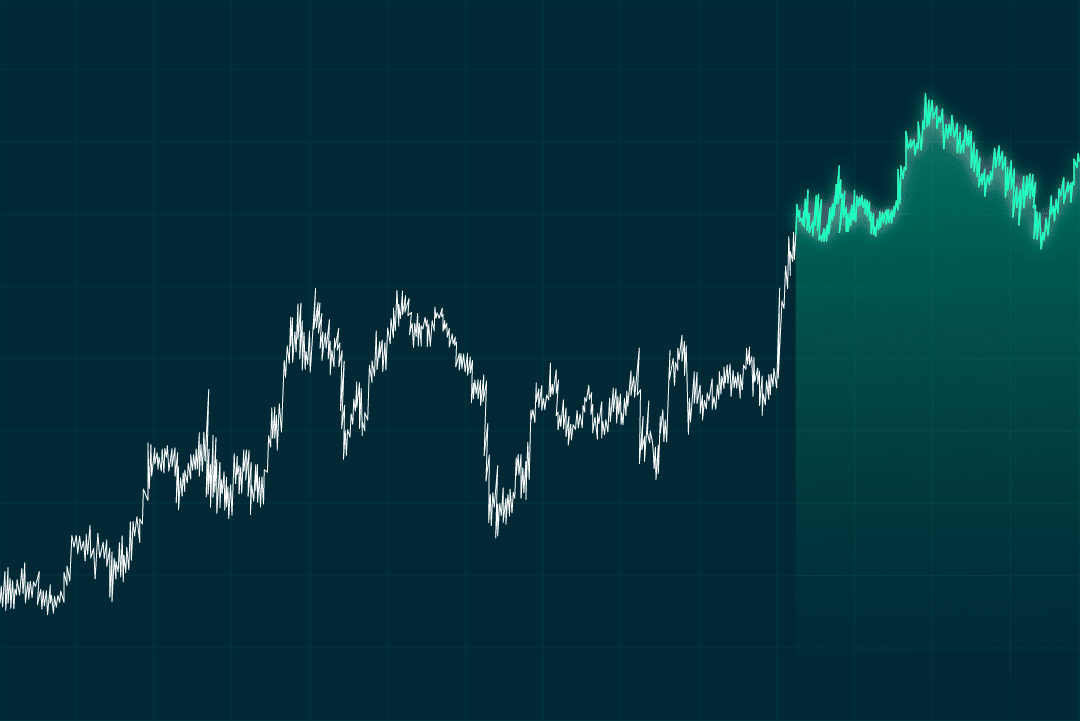
Inverse head and shoulders
This pattern looks like an upside-down head and shoulders. It forms after a downtrend. The left shoulder is a low point in the downtrend. The head goes even lower, forming the bottom of the pattern. The right shoulder is another low, but not as low as the head. Inverse head and shoulders usually shows a reversal from a downtrend to an uptrend.
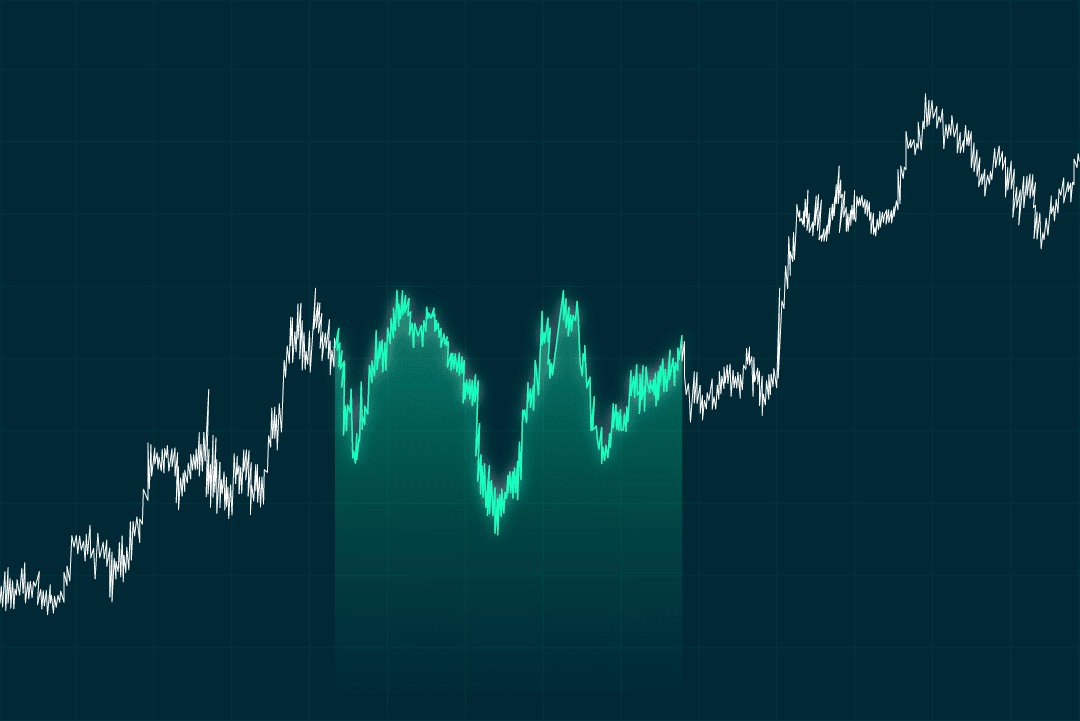
Double top
The pattern has two peaks next to each other at about the same price level. It’s usually a bearish reversal pattern. If the price falls below the support level between the peaks, it suggests a downtrend.
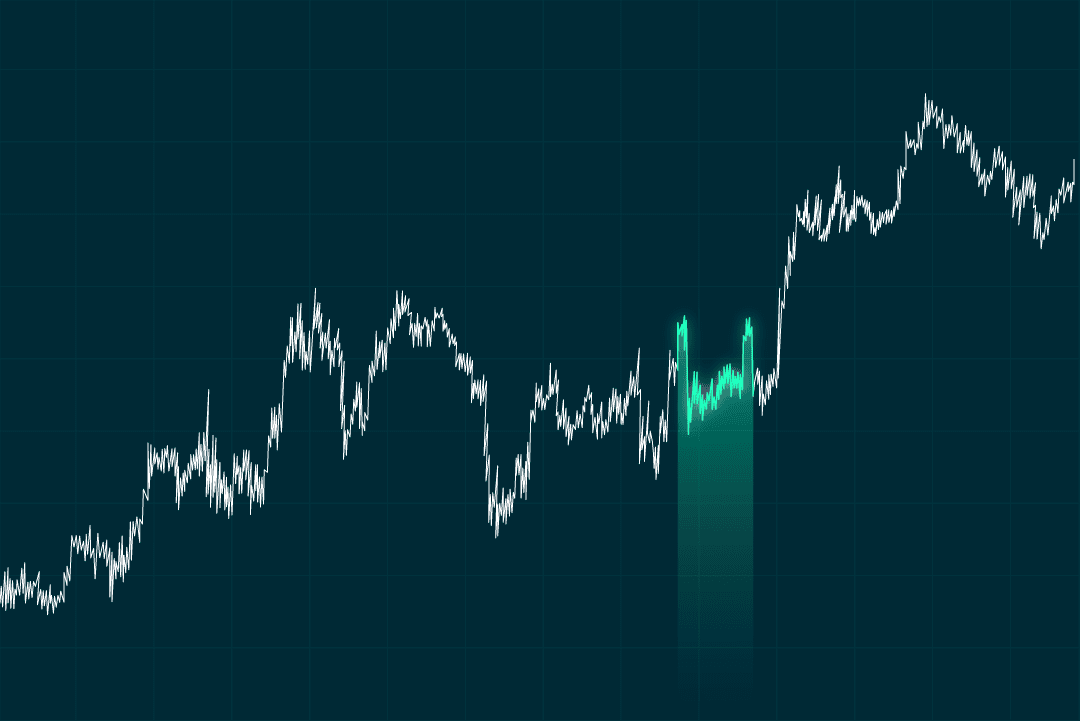
Double bottom
It has two low points next to each other at a similar price level. If the price rises above the resistance level between the troughs, it suggests an upward trend may begin.
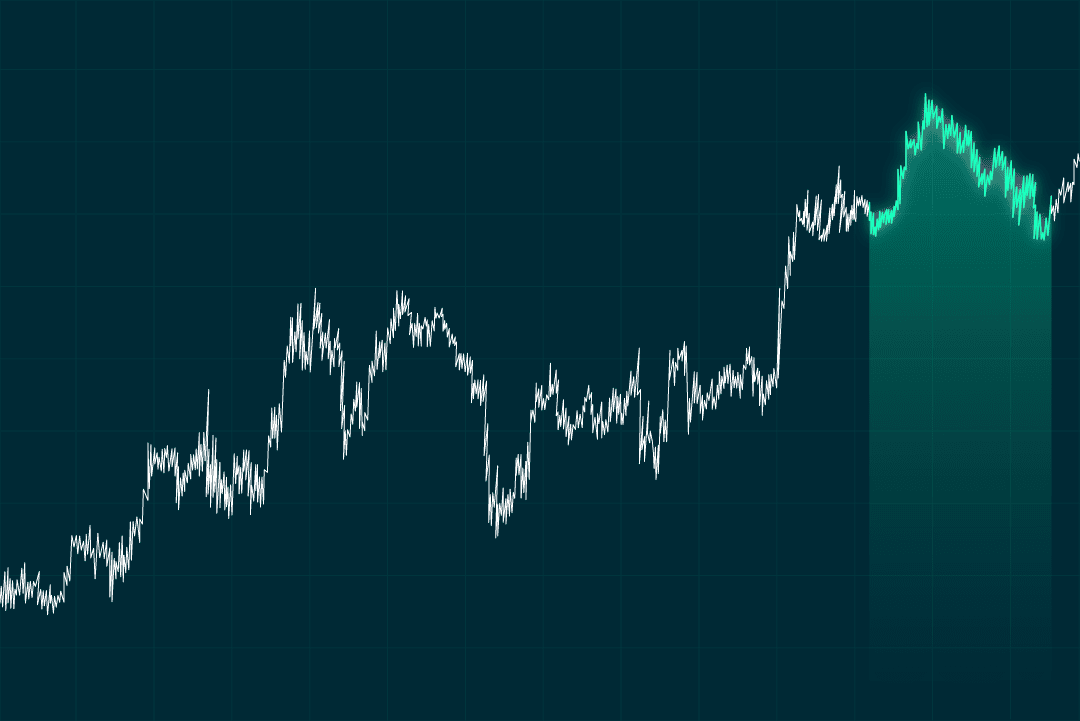
Triangle patterns
There are three triangle stock patterns: ascending, descending, and symmetric. These are continuation patterns, which means they tend to continue the trend that was in place before the pattern formed.
- An ascending triangle (flat top, rising bottom) usually means a positive trend.
- The descending triangle (flat bottom, falling top) is usually bearish.
- A symmetric triangle means that the direction depends on the breakout.
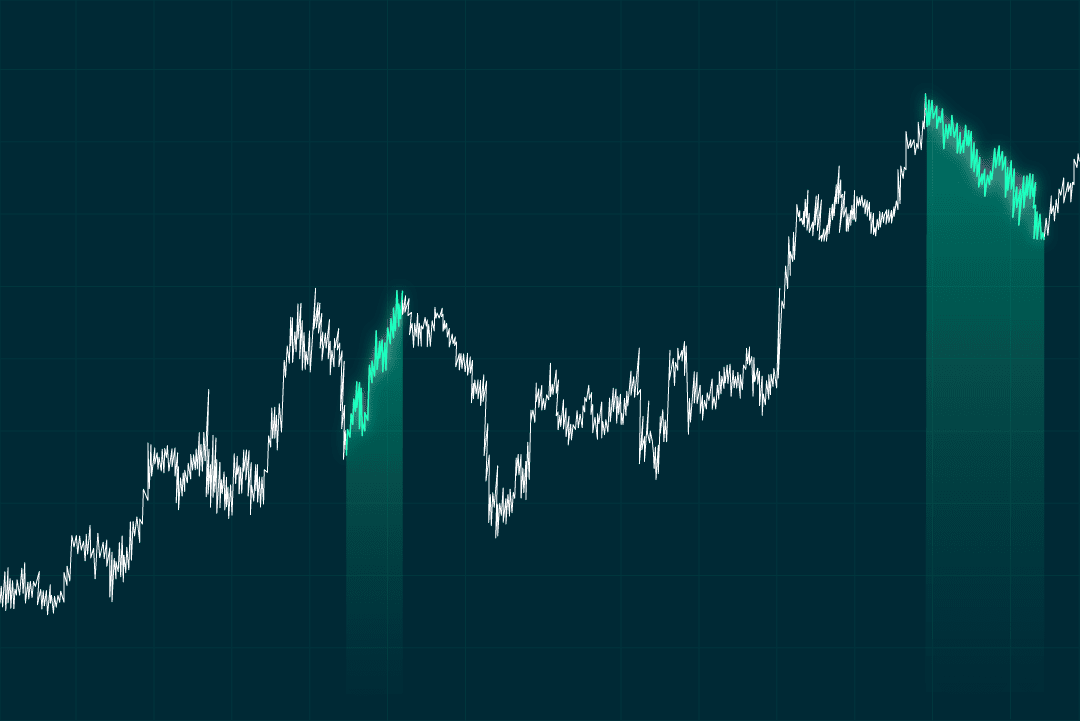
Identifying Trading Patterns for Beginners
Identifying chart patterns takes time and practice. Once you can visualize and name a pattern, you can look at the historical trading chart patterns to see how they worked in the past.
We recommend you go over multiple historical chart patterns to train your eye. Once you are confident in your skills, try to analyze current trading patterns to confirm trends. Try this with different time periods. When you feel comfortable, you can start trading. However, you should always keep in mind the risks involved in trading your money and try to manage them as much as possible.
To start trading, you’ll need to find a reliable stockbroker and download a trading platform where you can track patterns and trends. However, trading can get a bit hectic, especially during peak times of activity. That’s why a Virtual Private Server (VPS) hosting service can be a great way to handle network fluctuations.
A service like Forex VPS lets you host all your trading activity on a private server. This means lower latency, fewer interruptions, and greater security.
FAQ
How can chart patterns help in trading?
Chart stock patterns can help a lot to:
- Identify market trends and attitudes
- Find the best entry and exit points
- Manage risks
- Understand crowd psychology in the market
What are the most common stock chart patterns?
- Head and shoulders
- Inverse head and shoulders
- Double top and double bottom
- Cup and handle
- Triangle trading patterns
- Flag and pennant
- Wedge
How do I identify chart patterns in trading?
- First, get to know the chart patterns through visual aids.
- Practice with historical data to recognize how certain patterns worked in the past.
- Choose your timeframe such as intraday, daily, weekly, or monthly trading charts. Try experimenting with different timeframes to recognize how patterns reflect over time.
- Identify the overall trend whether it’s up, down, or sideways to narrow down the possible patterns. Before making any investment decision, you should always confirm a pattern.
- Regularly review charts to spot patterns.
- Understand the broader market conditions and how they might affect patterns. It’s not enough to track patterns, you should also follow market and global news.







